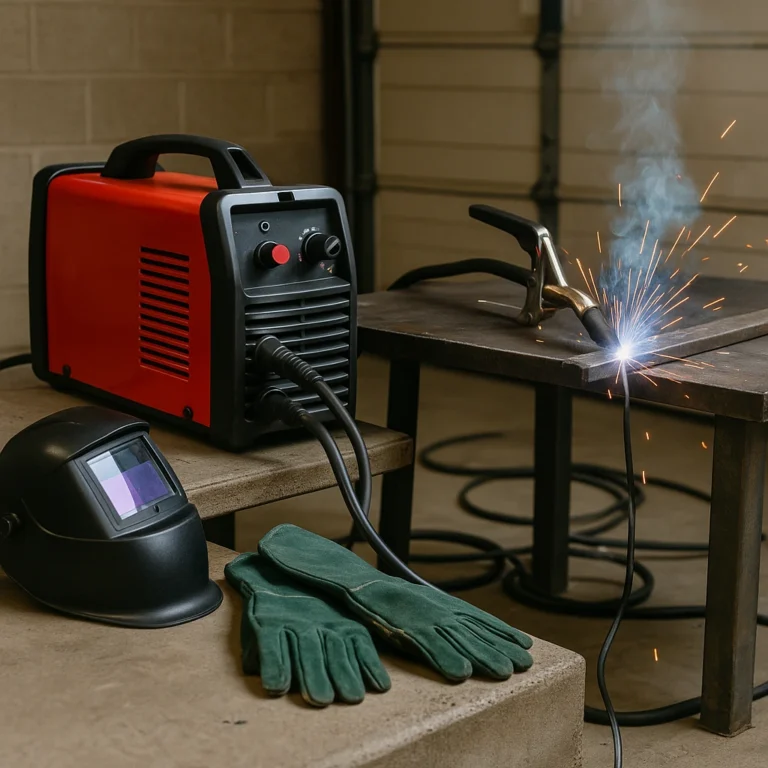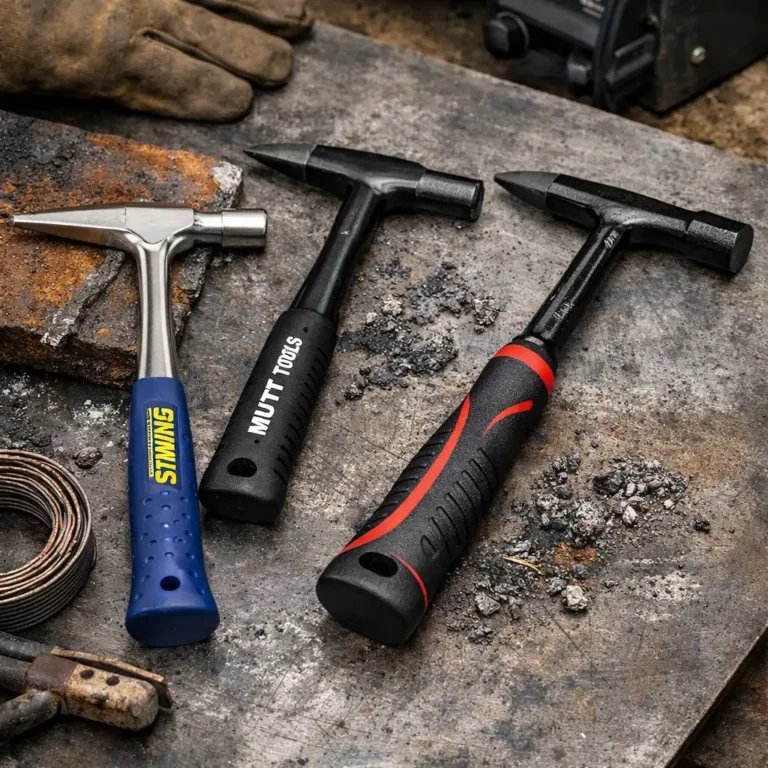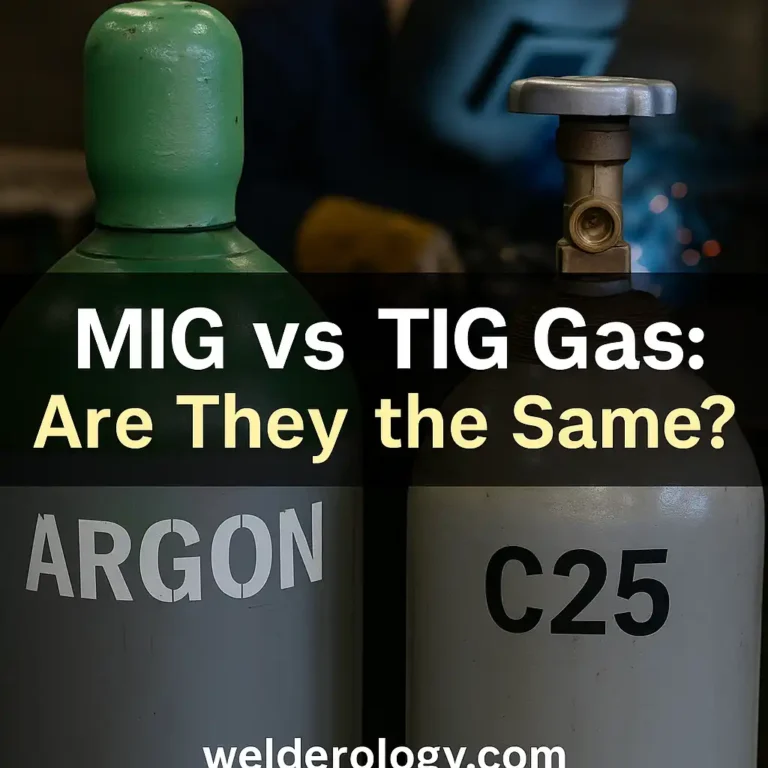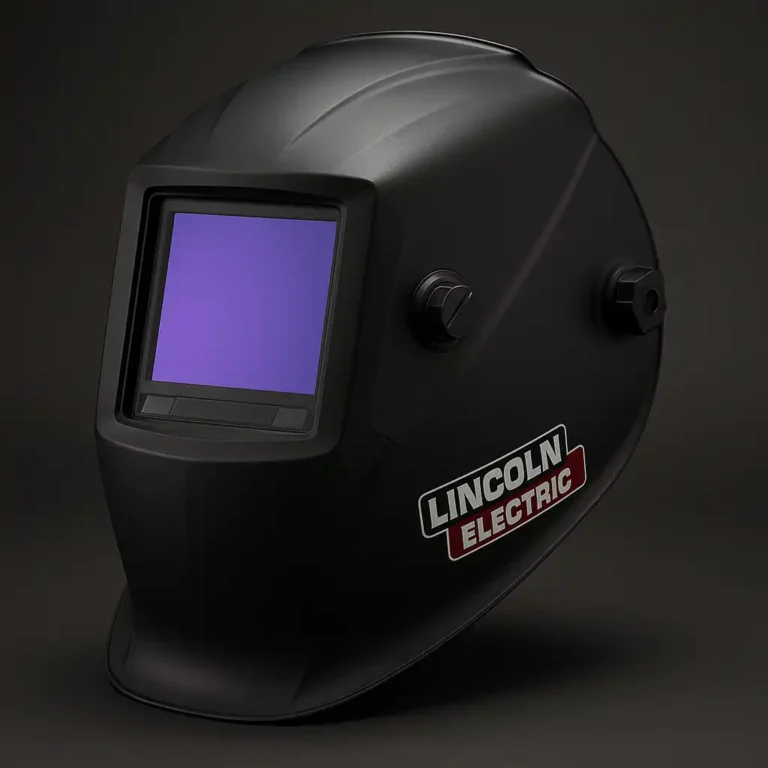What Is a Welding Torch Used For? Understanding the Tool That Makes the Spark

Disclosure: This post contains affiliate links. As an Amazon Associate, I earn from qualifying purchases—at no extra cost to you.
Welding torches are at the heart of every weld you make. They’re the tool you hold, direct, and depend on to channel heat, wire, and gas to the exact spot where metal fuses together. Whether you’re just getting started or upgrading your setup, understanding what a welding torch does—and how to choose the right one—makes your life easier in the shop.
Let’s walk through the types, how they work, and what really matters when using or buying one.
The Main Types of Welding Torches You’ll Use
Different welding processes call for different torches, each designed to handle specific tasks:
MIG Torches: These are common in home shops and auto repair. They feed both wire and gas automatically, making them fast and easy for beginners and pros alike.
TIG Torches: Built for precision work, these require a steady hand and a little more patience. You’ll use a tungsten electrode and control the arc manually, often with a foot pedal.
Stick Holders: While not technically “torches,” electrode holders serve the same purpose in stick welding—carrying current to the welding rod.
Oxy-Fuel Torches: These use gas flames instead of electricity. They’re often used for cutting, brazing, or working in places without access to power.
Many hobbyists say MIG torches are the best place to start, while TIG torches are worth learning if you want clean, controlled welds on thinner materials.
How Welding Torches Do Their Job
Think of the torch as your delivery system. For arc-based welding (MIG, TIG), the torch carries electricity to the electrode and shields your weld from air with a steady flow of gas. This keeps the weld clean and structurally sound.
A MIG torch typically includes:
- A nozzle to direct gas,
- A contact tip for the wire,
- And a trigger to fire it all up.
Once you hit that trigger, wire feeds through, gas flows, and the arc kicks in. With TIG, it’s more manual—you’ll guide the tungsten electrode, control the arc length, and feed in filler rod separately.
Torch Compatibility and Setup Tips
Some welders come with a torch included, but you can usually upgrade if needed. Just double-check the connector style (like Euro-connect or Dinse) before you buy.
Based on reviews and forum feedback, welders prefer torches from brands like TWECO, Lincoln, or CK Worldwide because they’re built to last. Budget torches might save money upfront but tend to wear out quicker and deliver inconsistent arcs.
Setup varies depending on your welder type. For MIG, you’ll set wire speed and voltage. For TIG, you’ll need to fine-tune amperage and gas flow. Either way, make sure your torch parts are clean and properly assembled to avoid leaks or poor performance.
Keep Safety Front and Center
No matter what type of torch you’re using, safety gear is non-negotiable. That means:
- A good welding helmet with proper shade protection,
- Fire-resistant gloves and clothing,
- Proper ventilation in your work area.
Also, avoid wrapping cords too tightly around your torch or dragging it across the floor. These habits can cause internal damage or shorten its life.
A lot of weekend welders recommend using hooks or magnetic holders to keep torches secure and off dirty surfaces when not in use.
Conclusion
Welding torches do more than just deliver heat—they give you control, stability, and the ability to produce clean, strong welds when used properly. Whether you’re using MIG, TIG, or even an oxy-acetylene torch, it’s worth understanding how these tools function, what features matter, and how to maintain them for long-term use.
With the right setup and habits, your torch will feel like an extension of your hand—and you’ll spend less time troubleshooting and more time welding.






